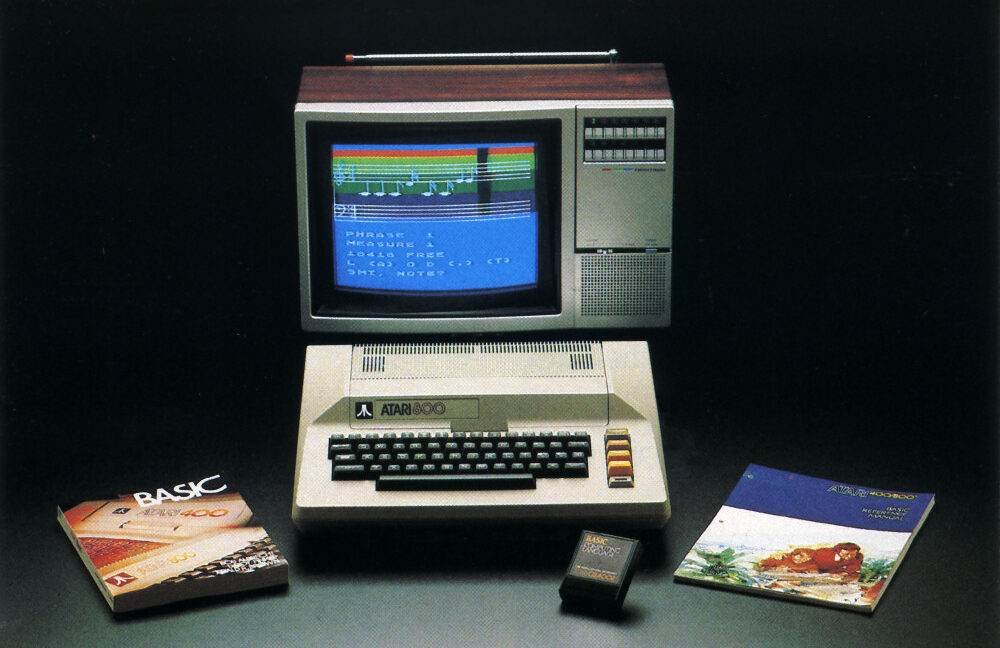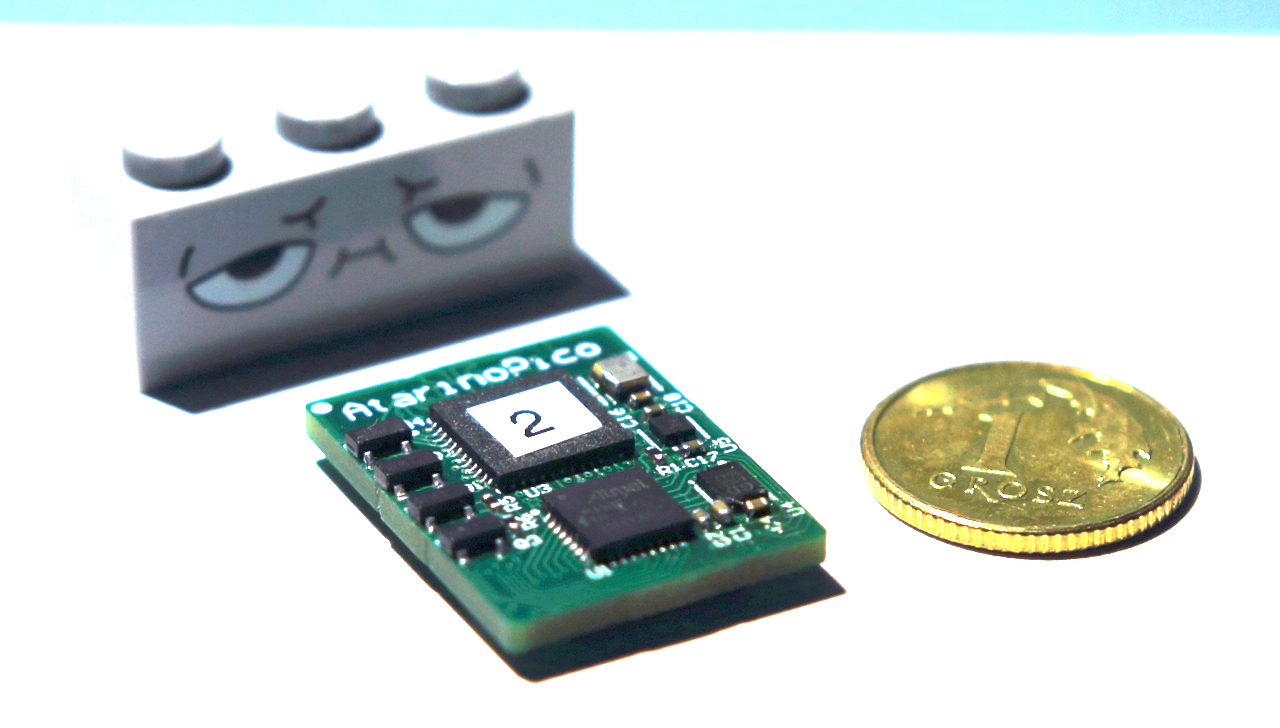Polish Engineer Miniaturizes 1980s Atari into Postage Stamp Size

In 1979, Atari launched the Atari 400 and 800 home computers, which were revolutionary for their time with custom graphics and sound chips, four joystick ports, and the ability to run advanced home video games. Priced at $549 and $999, respectively, these machines offered a consumer-friendly step forward in personal computing with modular designs and a serial I/O bus, predicting the future USB connectivity.
Fast forward 46 years, and Polish engineer Piotr "Osa" Ostapowicz has taken this iconic system to new dimensions with "Atarino," potentially the world's smallest 8-bit Atari computer re-creation, as reported by retro computing site Atariteca. The comprehensive system, includes processor, graphics chips, sound hardware, and memory controllers, all fitting within a module just 2×1.5 centimeters in size, akin to a small postage stamp.
Ostapowicz's endeavor incorporates modern field-programmable gate array (FPGA) technology to recreate the classic Atari XL/XE architecture. Unlike software emulators which mimic old hardware, Atarino accurately reproduces original Atari components on a logic level, enabling vintage software to run while remaining compatible with original peripherals.

"The current project is not strictly a clone of Atari," Ostapowicz stated in a January 2024 YouTube interview. "I'm forming a machine compatible with the Atari 8-bit computer, based on a framework I created." The micro system was first showcased publicly in December 2023, after over a decade of development.
The hardware includes a 6502C processor, ANTIC and GTIA graphics chips, a POKEY sound chip, and memory controllers, all integrated onto a single Lattice UP5K FPGA chip. Despite its diminutive size, the system achieves clock speeds up to 31 MHz, significantly faster compared to the original hardware's 1.79 MHz.
Smaller, Faster, and Future-Proofed
The Atarino maintains extensive compatibility with classic Atari software, with enhancements over the original design. For instance, the 6502 processor core adheres to the physical chip's specifications while adding new instructions. Improvised memory architecture uses independent channels to boost performance.
Enhanced graphics capabilities also set Atarino apart. Ostapowicz crafted ANTIC and GTIA chip clones, supporting higher resolution modes and allowing video output via VGA at 60Hz and HDMI. Its modular design opens doors for hobbyists to incorporate Atarino into custom keyboards, miniaturized cases, or development boards.
Ongoing work by Ostapowicz includes refining the POKEY sound chip emulation and simplifying development tools, making it compatible with CC65 and Visual Studio Code. Plans are in place to release complete kits with documentation for the retrocomputing community's experimentation.
The European Atari Legacy
The Atari 8-bit platform has fond significance in Poland and wider Europe. During the 1980s and 1990s, these computers were popular amidst Poland's economic transition from communism. This rich history has cultivated a thriving community, positioning Poland as a hub for Atari 8-bit development and preservation.

Western technology reached Poland primarily through Pewex, stores restricted to US dollar currency. Jack Tramiel, the Polish-born owner of Atari, played a critical role in providing access to these computers despite obstacles like COCOM embargoes.
For Ostapowicz, the Atarino project is more than nostalgic; it's about crafting a platform for new applications and providing enthusiasts with exciting, multi-functional tools that echo the legacy of Atari while embracing future possibilities.